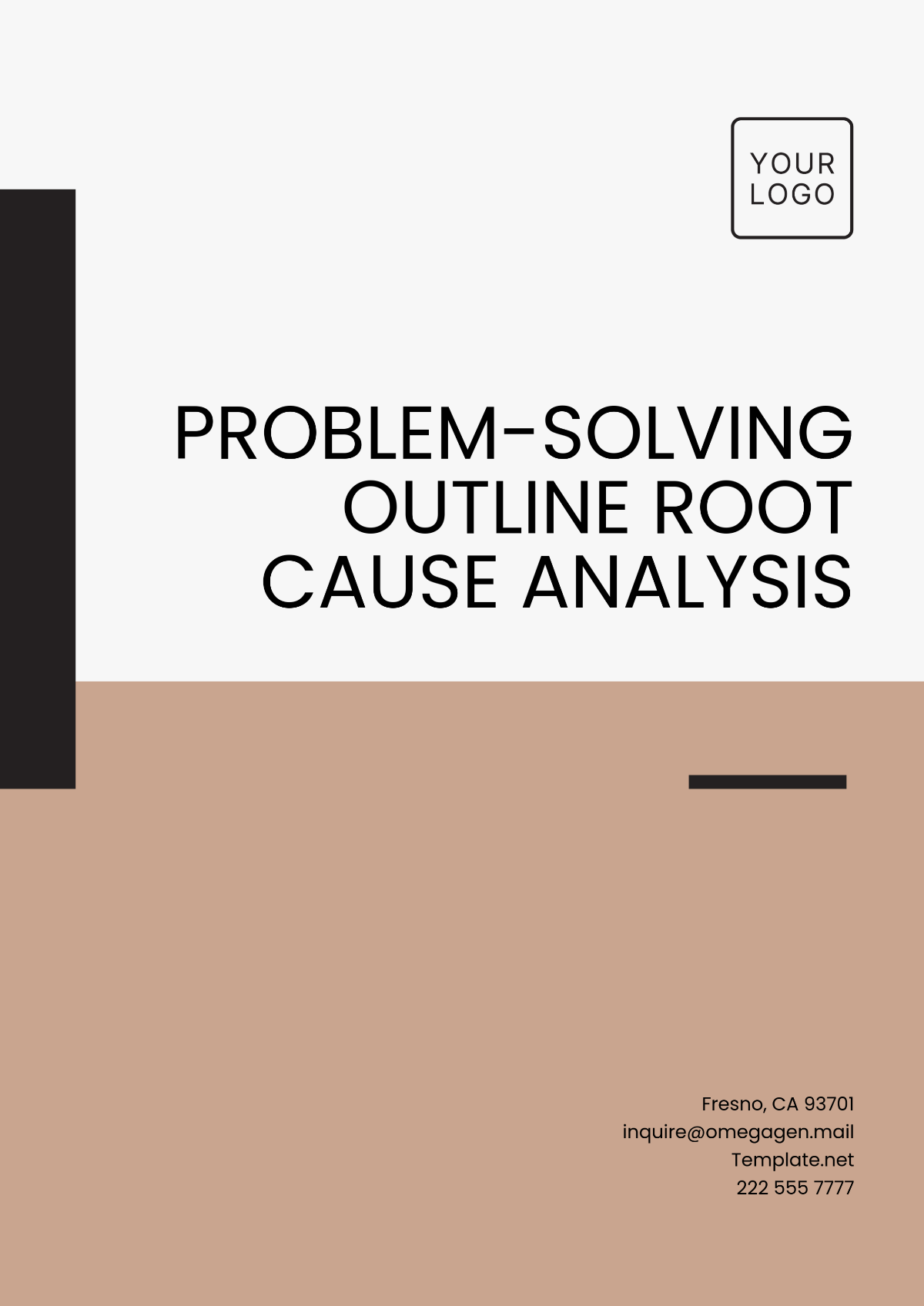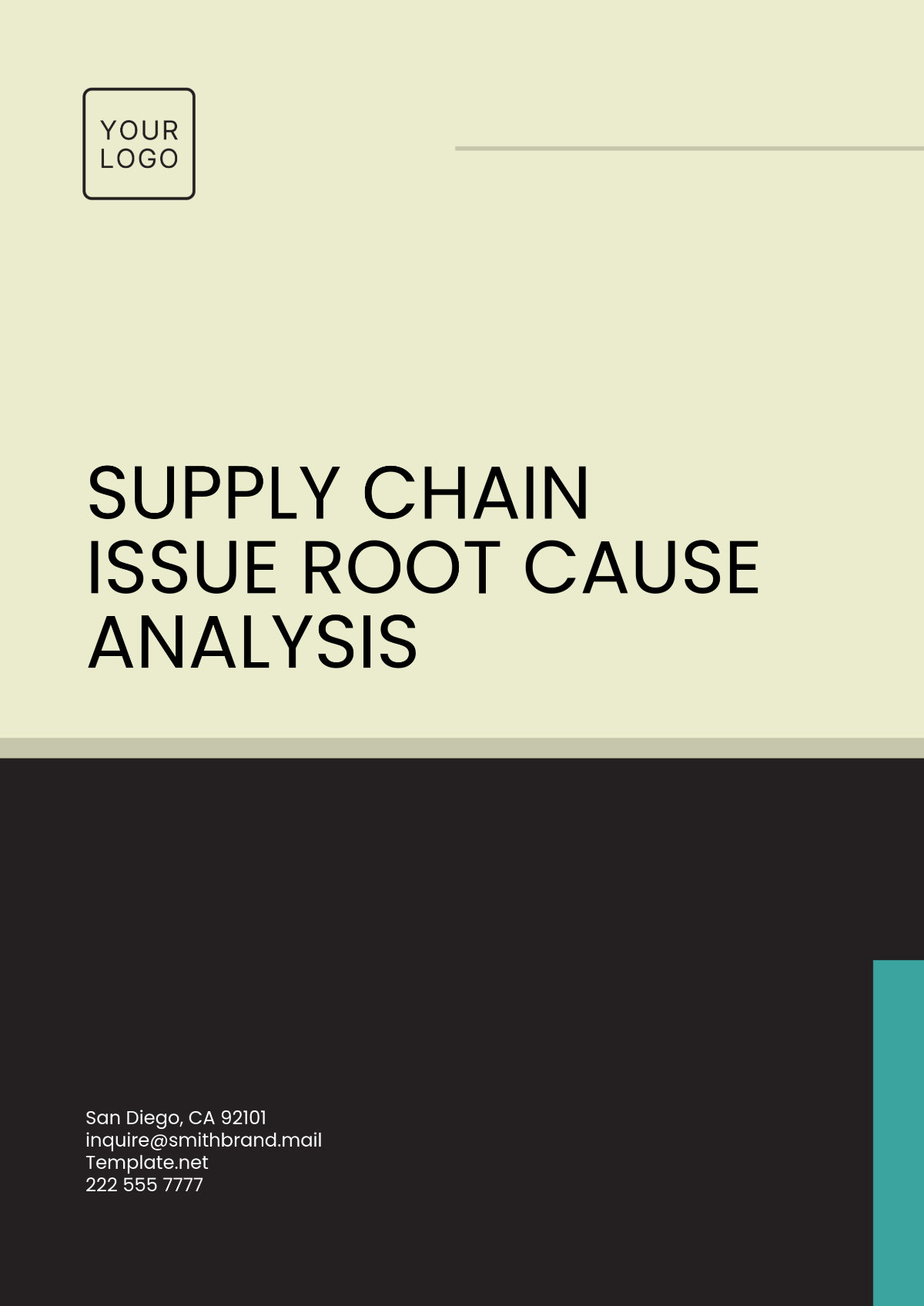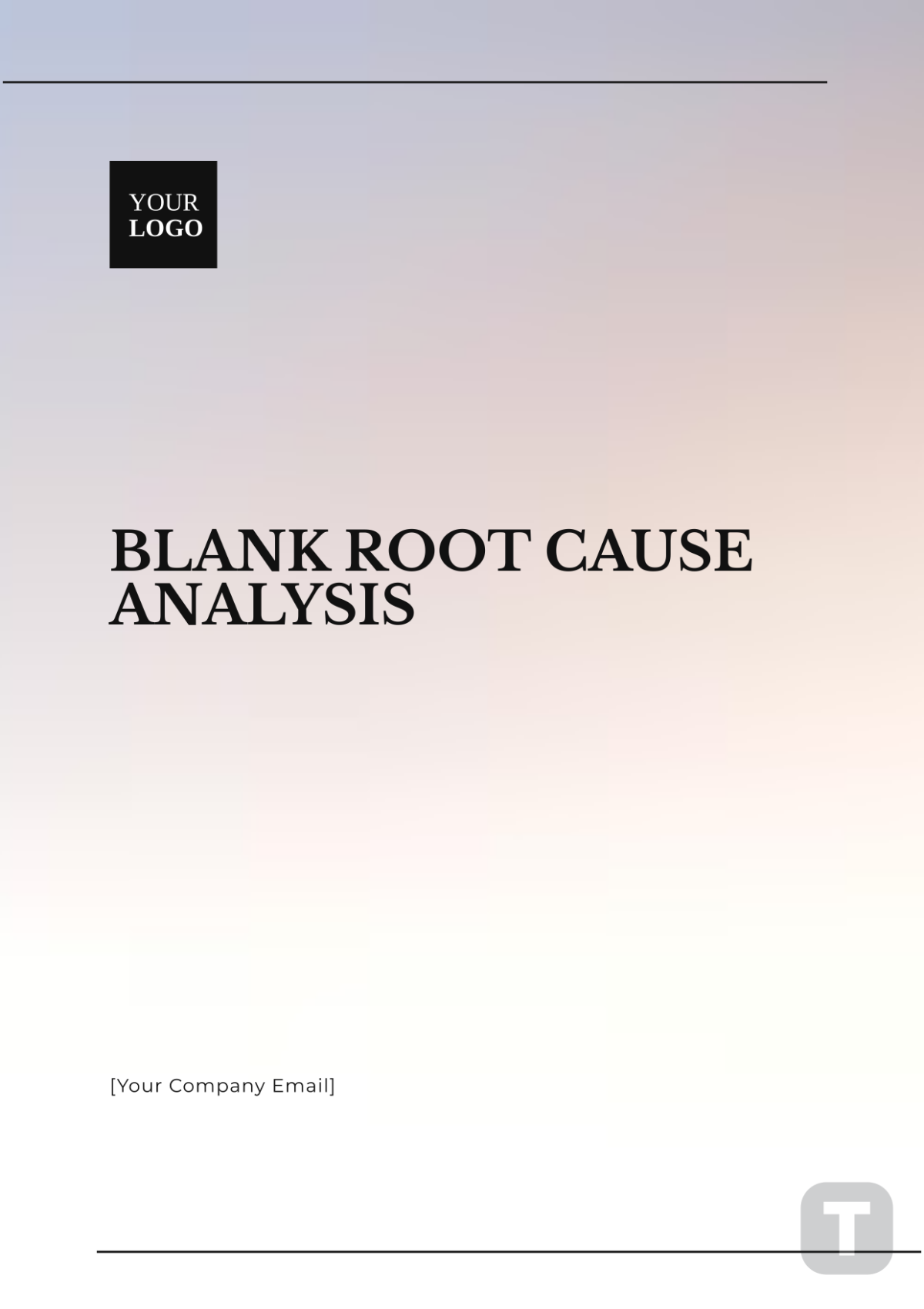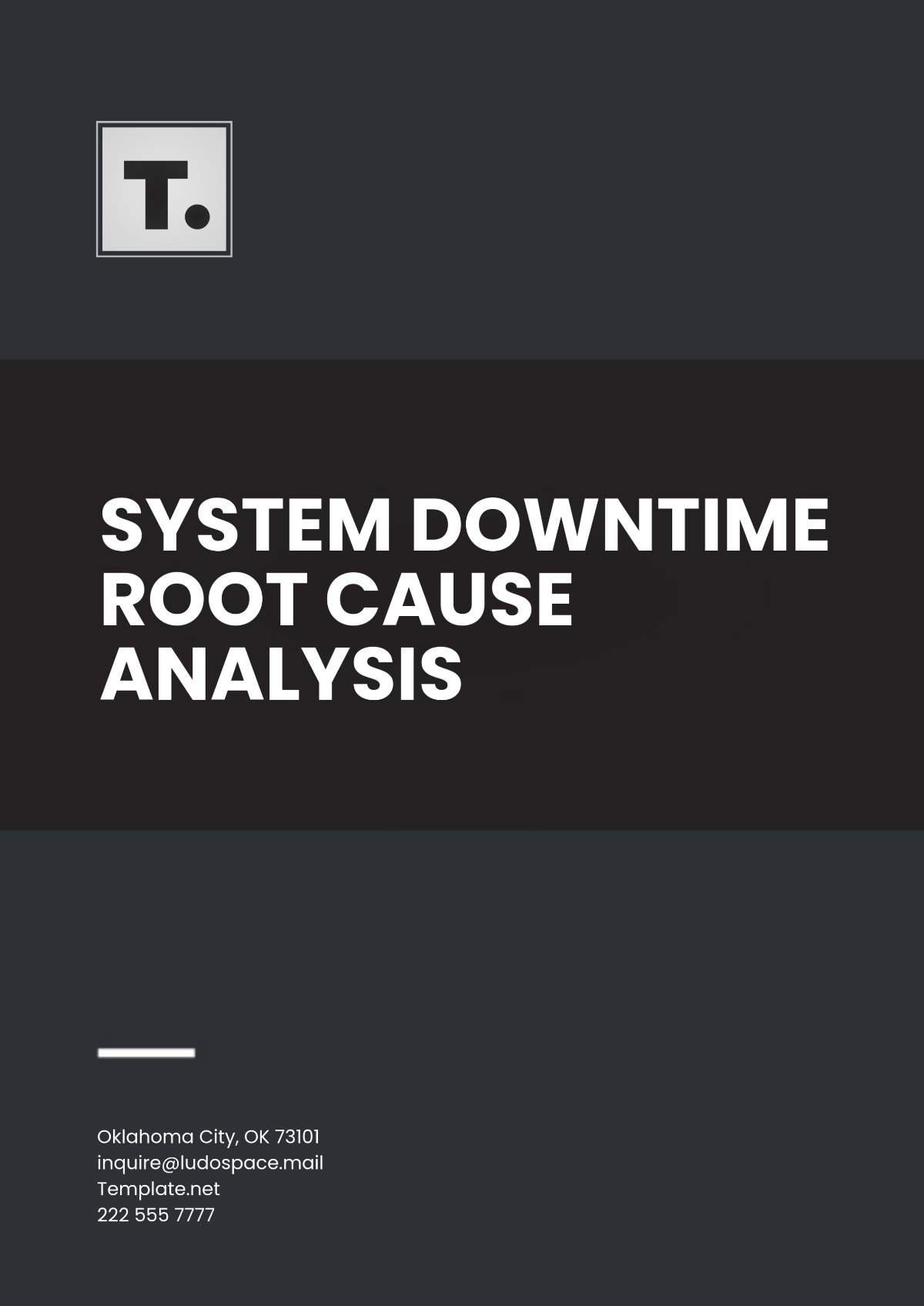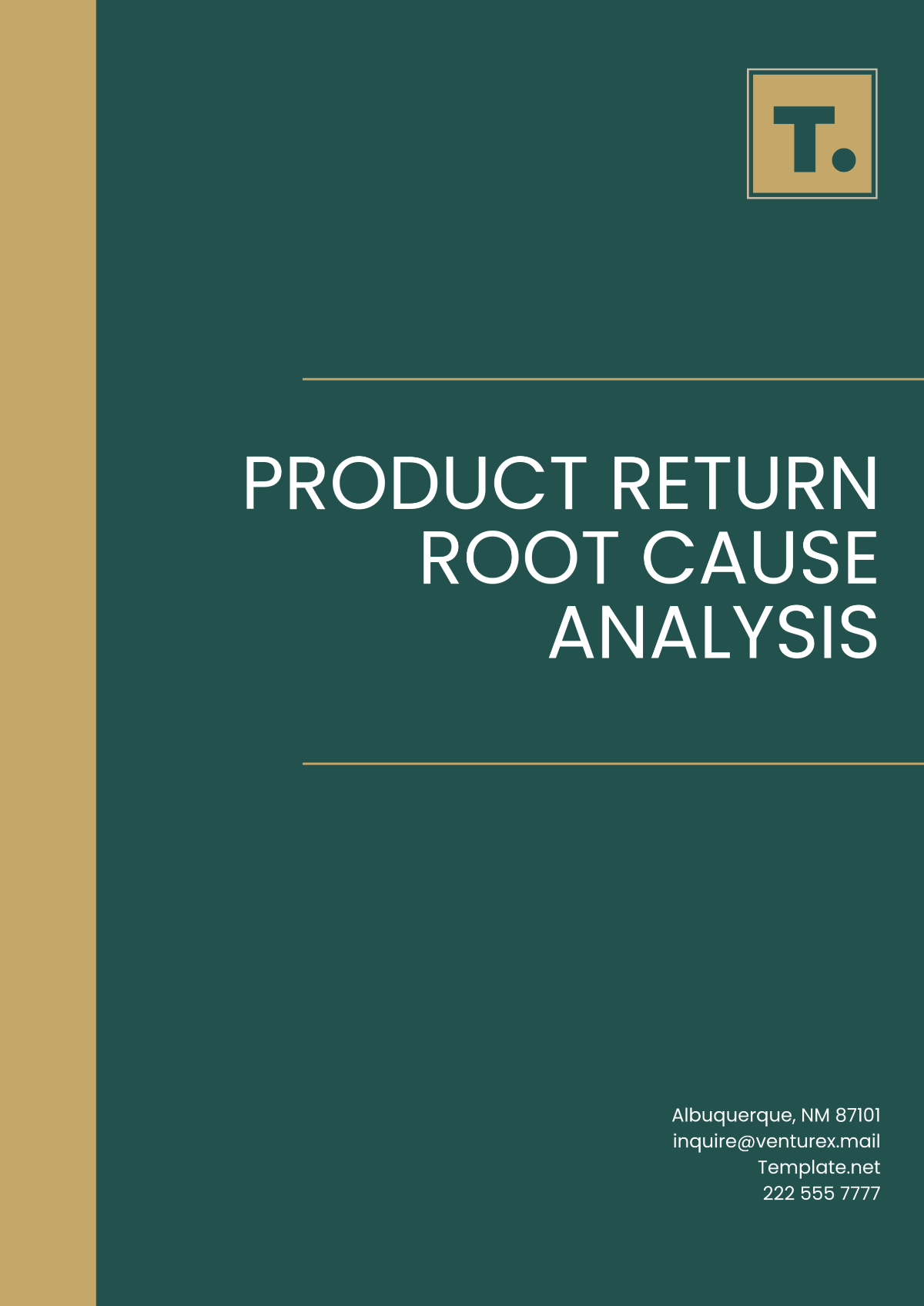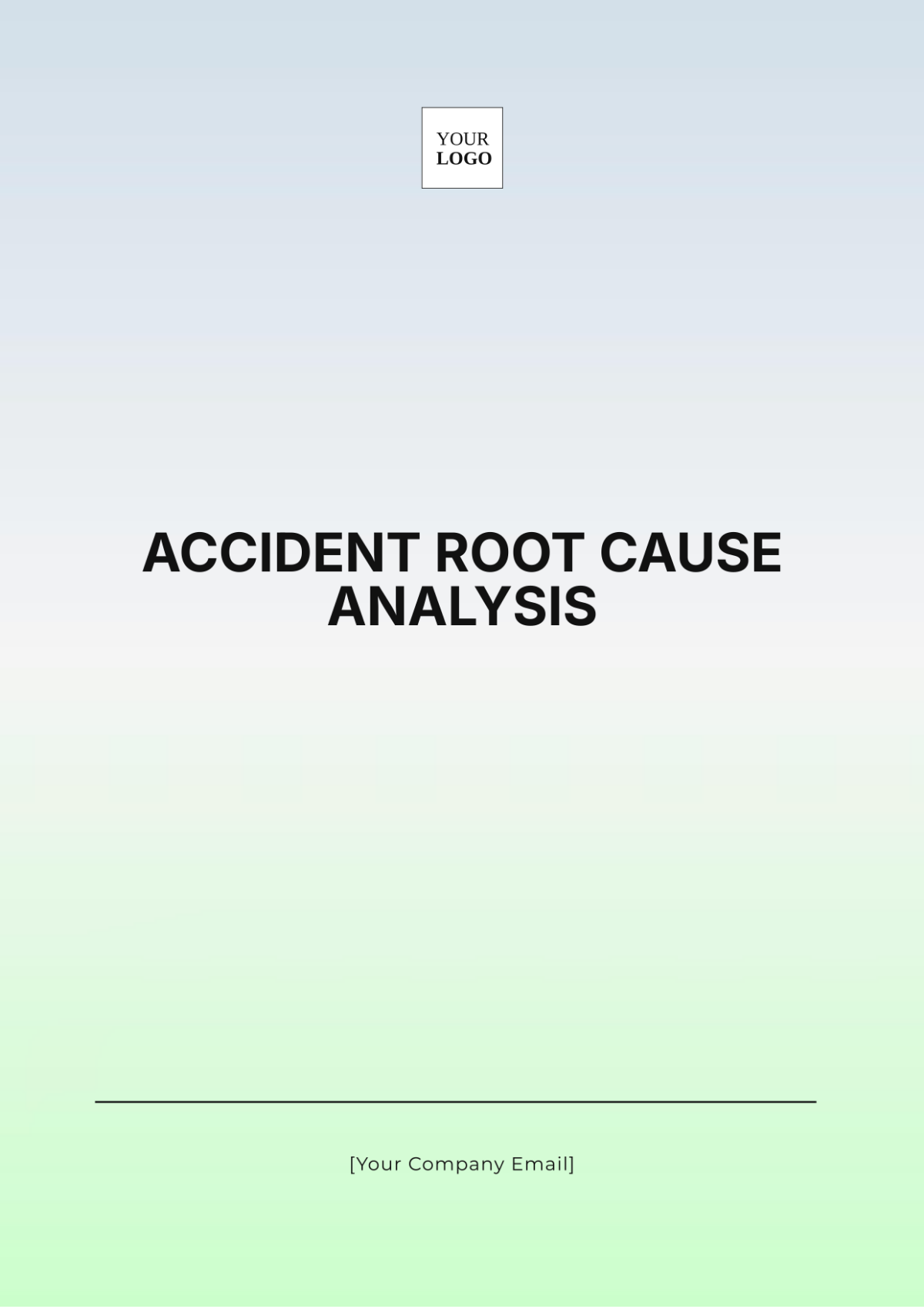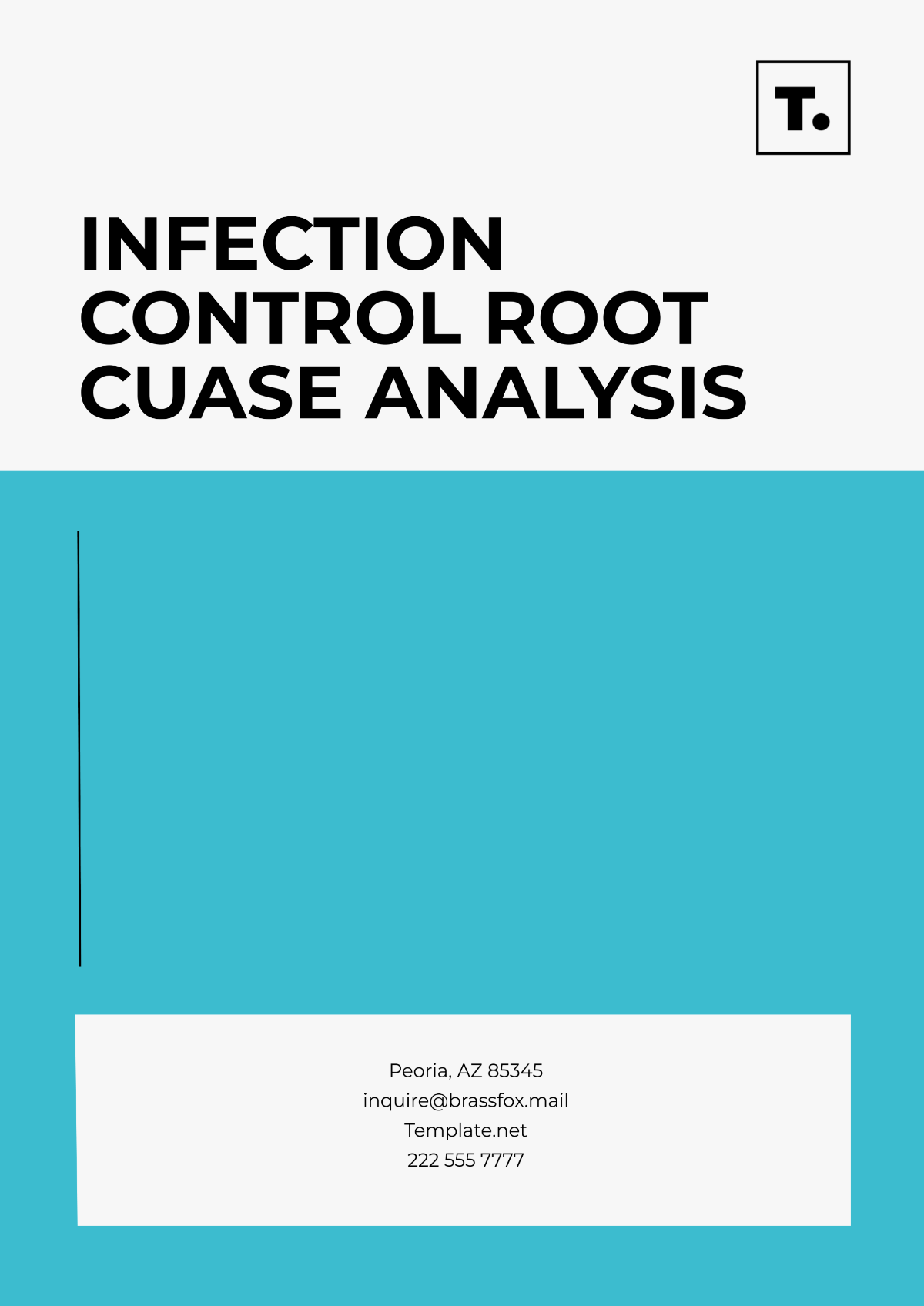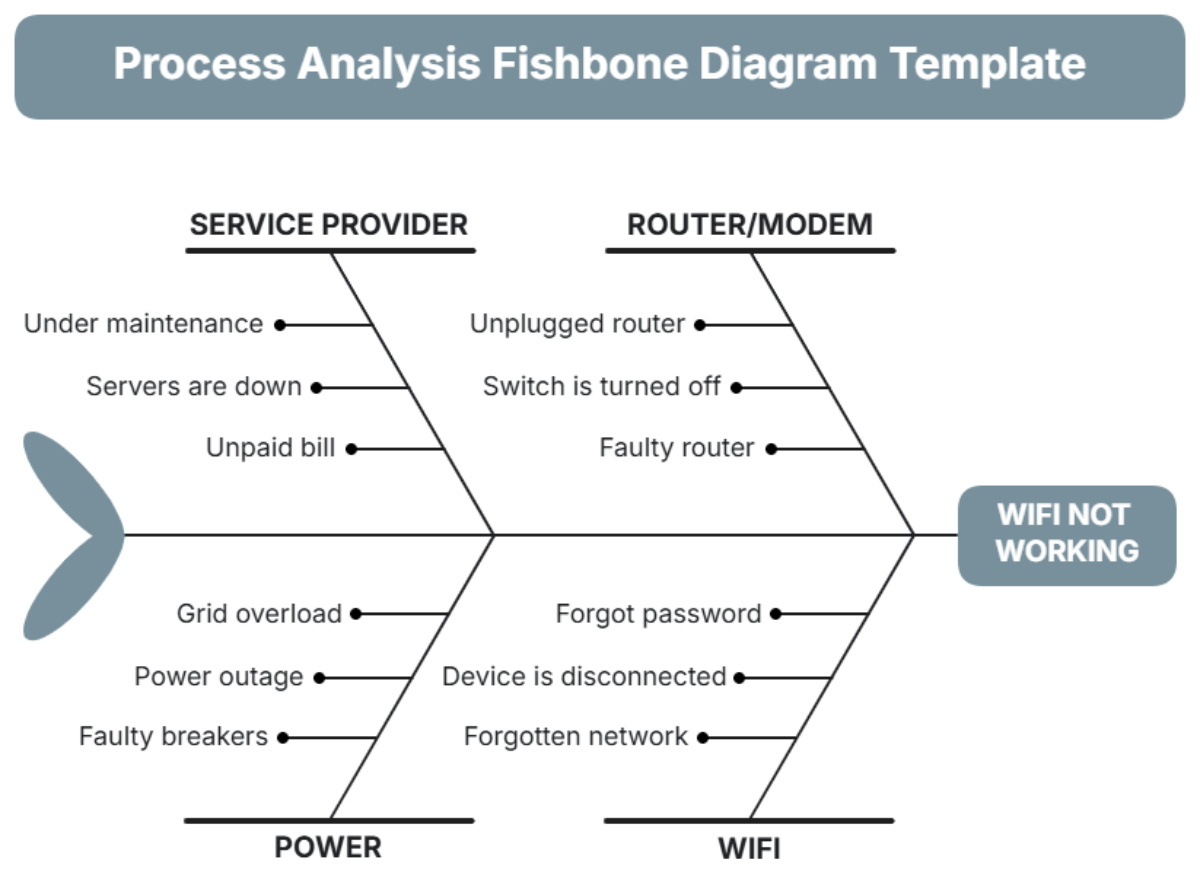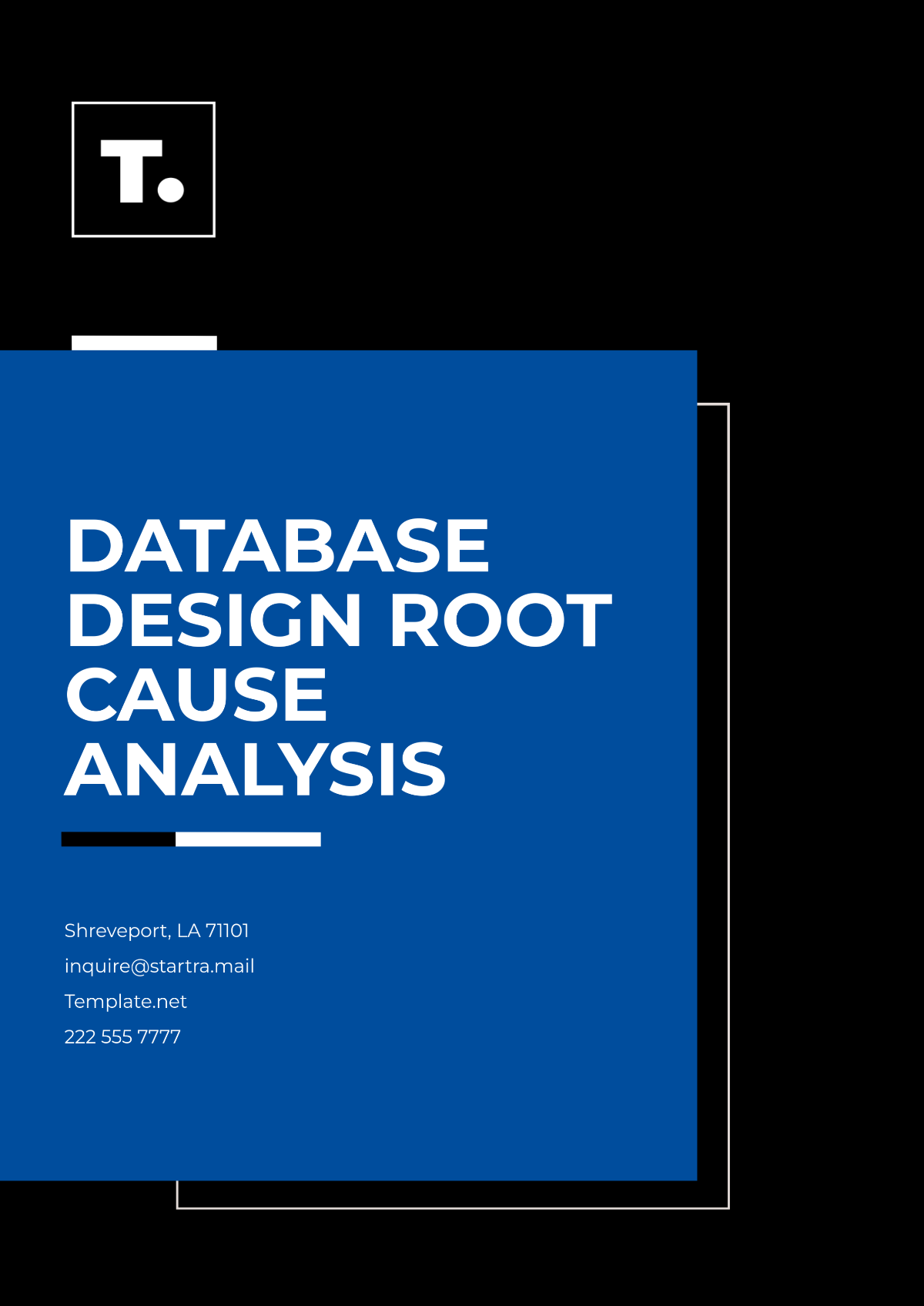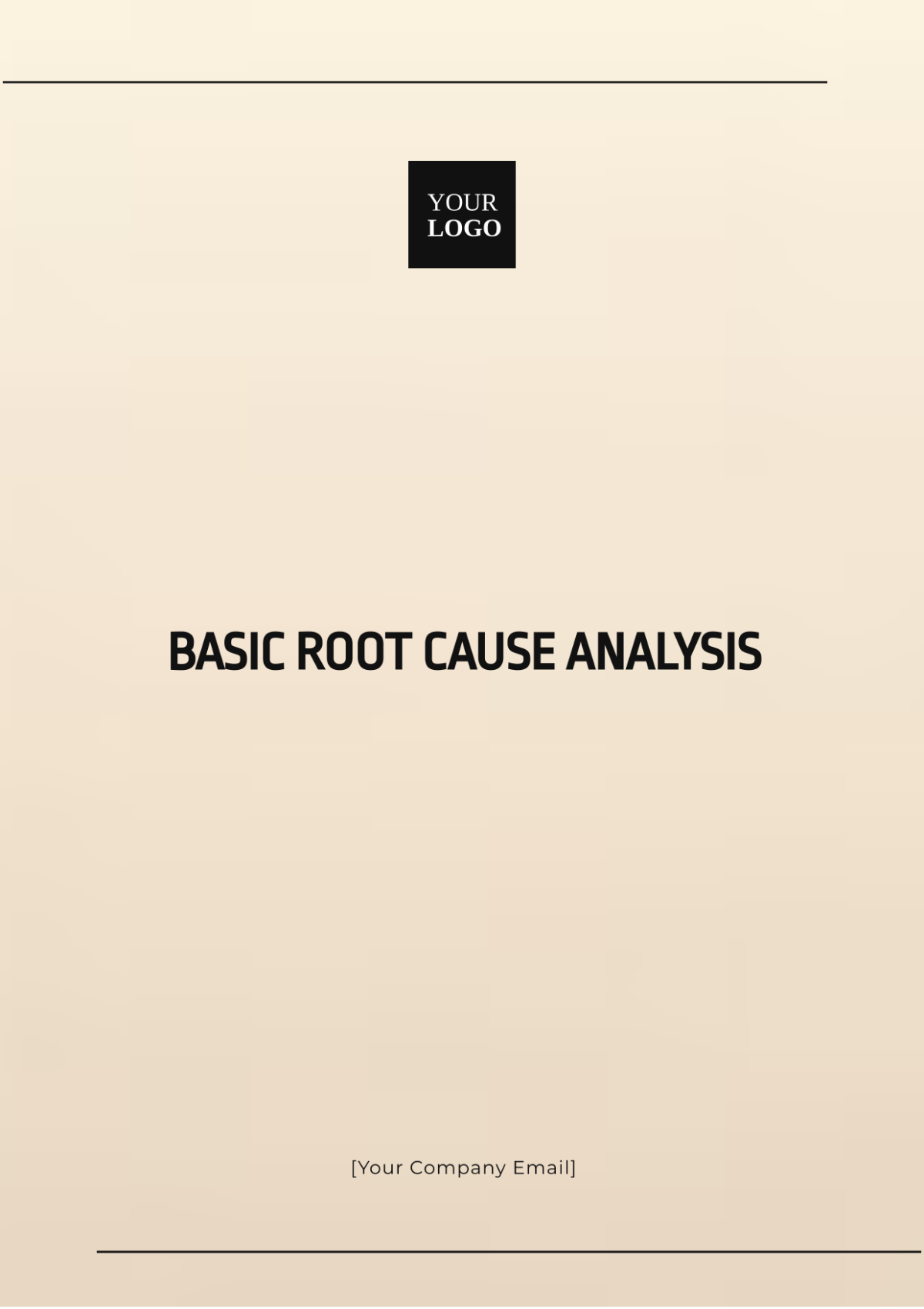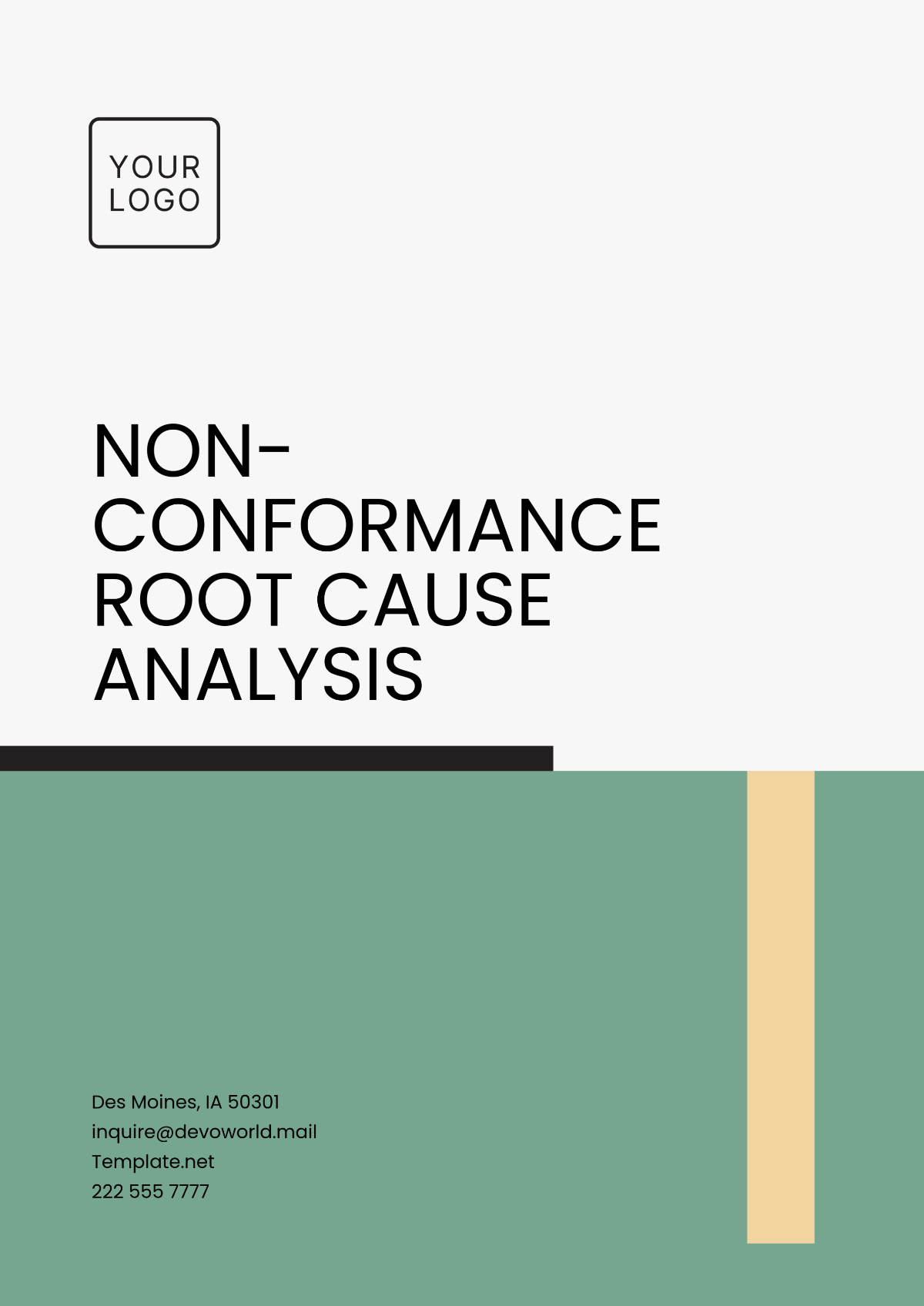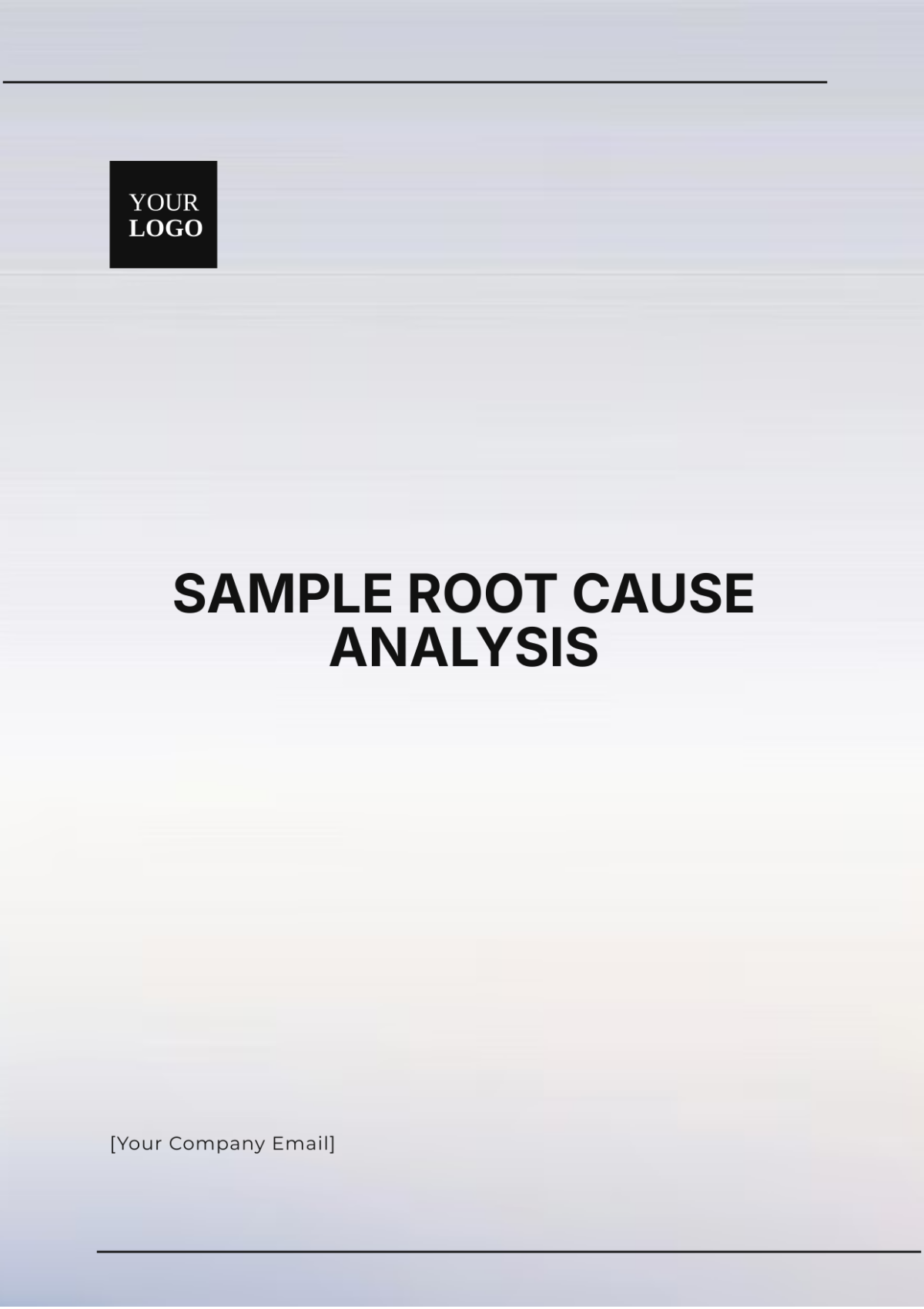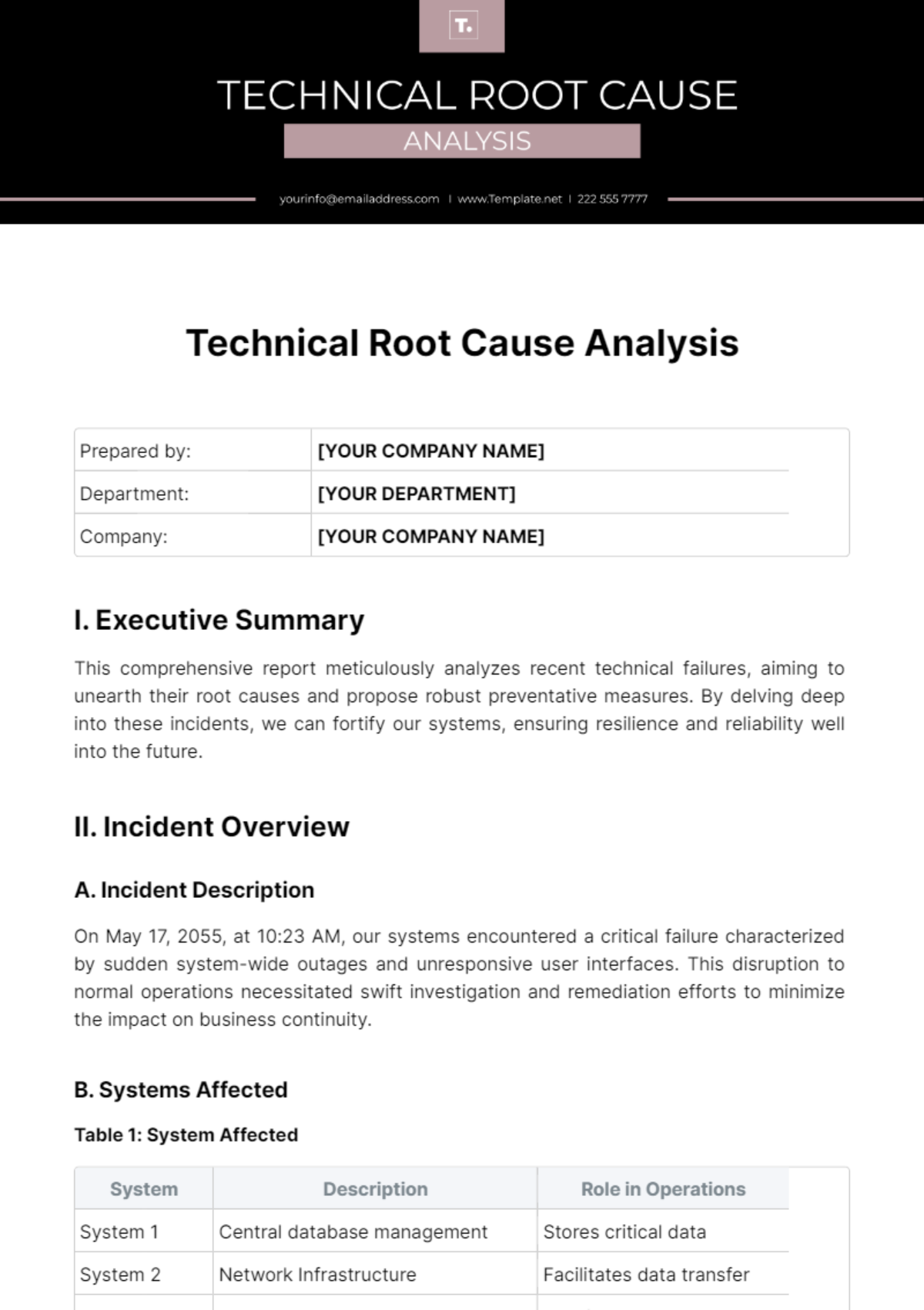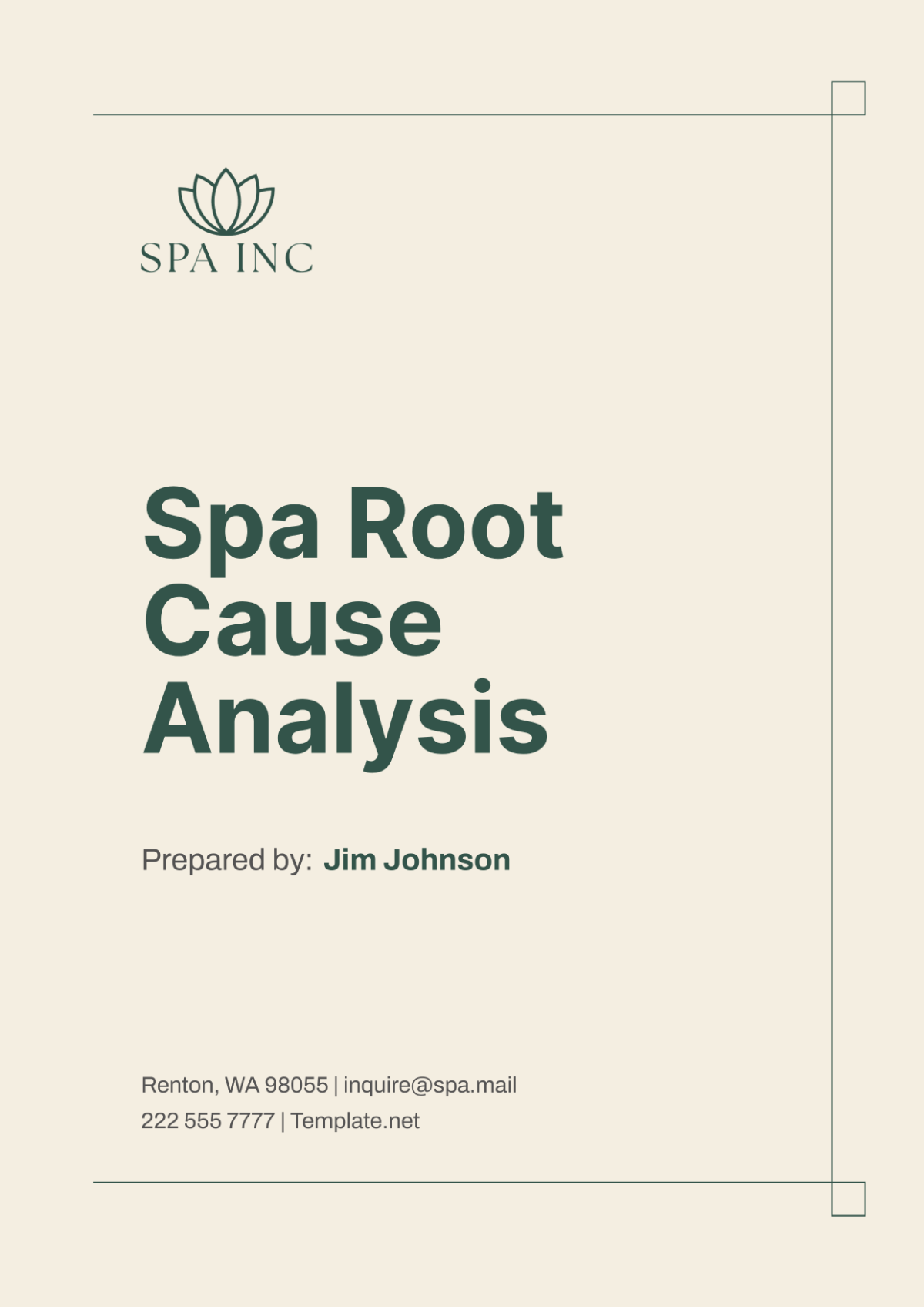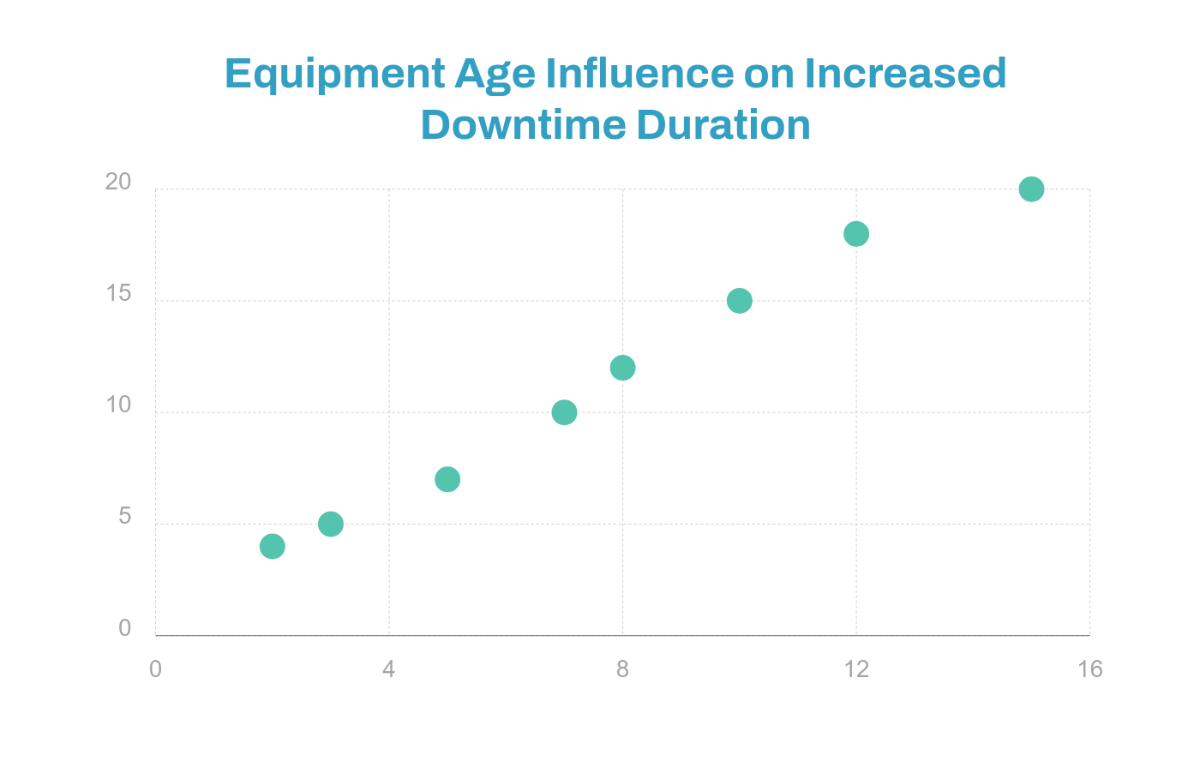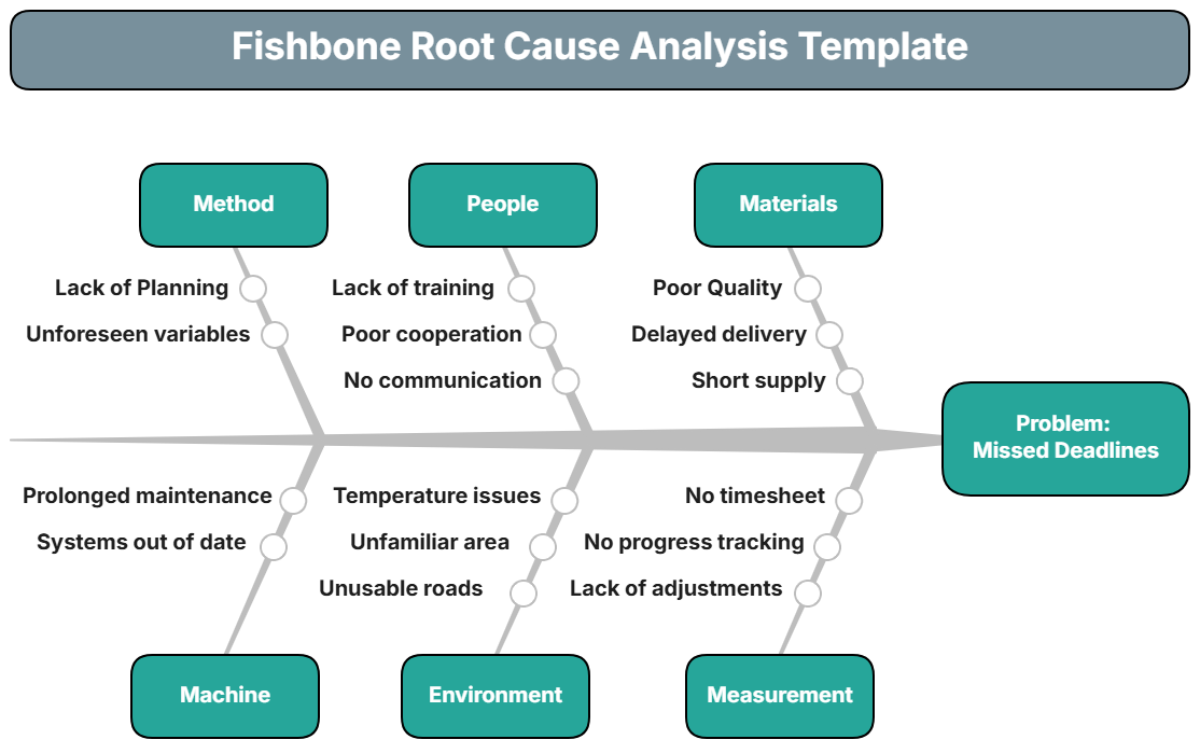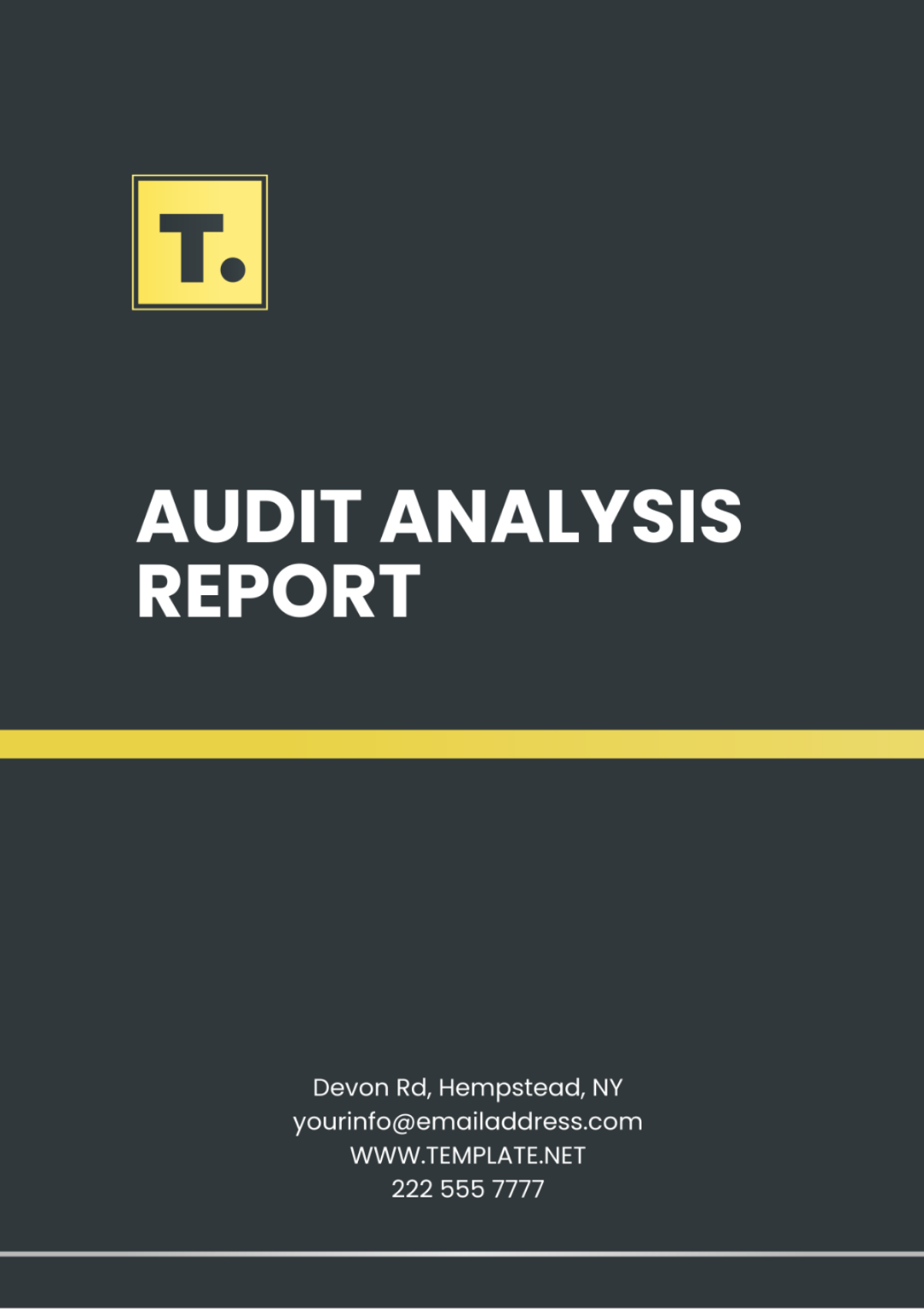SAMPLE ROOT CAUSE ANALYSIS
Prepared By: [Your Name]
Subject: Root Cause Analysis: Server Downtime Incident
I. Executive Summary
On October 15, 2053, our primary web server experienced an unexpected downtime lasting for four hours. This incident affected user accessibility and functionality, resulting in considerable disruption to our online services and a reported loss in customer satisfaction. The root cause analysis aims to identify the underlying issues and provide actionable recommendations to prevent future incidents.
II. Incident Overview
A. Incident Timeline
Time | Event |
|---|---|
08:00 AM | Initial server performance degradation observed |
08:15 AM | Alerts triggered for server downtime |
09:00 AM | The technical team begins troubleshooting |
11:00 AM | Root cause identified and corrective action taken |
12:00 PM | Full services were restored and normal operations resumed |
III. Root Cause Investigation
A. Initial Symptoms
The primary symptom was a significant slowdown in service response times, observed and reported by our automated monitoring systems. Customers experienced timeouts and failed transactions during this period.
B. Technical Analysis
The technical analysis involved a detailed examination of various components:
Network Performance: No significant issues were detected in the network performance within our infrastructure.
Server Logs: Analysis of server logs indicated repeated timeout errors and resource exhaustion alerts.
Database Connections: Database connectivity appeared normal, with no signs of bottlenecks or latency.
Application Errors: Application error logs indicated multiple instances of failing thread processes.
IV. Identification of Root Cause
The fundamental cause of the issue was determined to be a memory leak within the main application running on the server. This memory leak resulted in a continuous and gradual increase in the amount of memory being used by the application over time. As the memory usage escalated, it led to the exhaustion of available resources on the server. This resource depletion subsequently resulted in the application crashing repeatedly and, over time, it eventually caused the server to experience downtime.
V. Corrective Actions
A. Immediate Fixes
To address the issue of downtime and restore the service functionality, I initiated a restart of the server that was experiencing problems. This action was intended as a temporary measure to bring the affected server back to optimal performance.
To address the issue of the memory leak within the application, I implemented a temporary solution by applying a patch designed to mitigate the effects of this problem.
B. Long-term Solutions
To prevent recurrence, the following long-term solutions have been proposed:
Comprehensive review and optimization of the application code base to permanently fix the memory leak.
Enhanced monitoring and alerting systems are needed to detect and notify memory usage trends well before critical thresholds are reached.
Regular stress testing and performance evaluations are necessary to ensure system resilience under various load conditions.
Scheduled maintenance windows for proactive updates and inspections.
VI. Recommendations
A. Preventive Measures
To strengthen our operational framework, we recommend adopting the following preventive measures:
Implement automatic scaling solutions to manage resource bottlenecks effectively.
Maintain an updated incident response plan, with periodic drills to ensure team readiness.
Invest in ongoing training and capacity-building for technical staff on new and emerging issues in server management and application development.
Establish a cross-functional review committee to periodically evaluate system changes and flag potential risks.
B. Monitoring Enhancements
Enhancing our monitoring capabilities involves:
Utilizing advanced analytics and machine learning to predict and preempt potential downtimes.
Implementing real-time dashboards and visualization tools for better visibility across system performance metrics.
Configuring customizable alerts that provide early warnings based on historical data and trend analysis.
VII. Conclusion
The October 15th server downtime incident provided crucial insights into vulnerabilities within our system. By addressing the identified root cause and implementing both immediate and long-term corrective actions, we are better positioned to prevent similar incidents in the future. Continuous improvement and vigilance remain key priorities as we strive to maintain high service availability and reliability.

